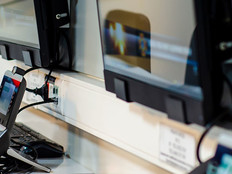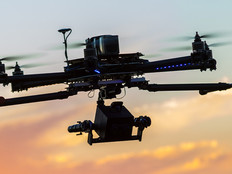Making Public Safety Mobile
What if information sharing applications used by first responders in New York City were also made available to professionals in Los Angeles? Imagine that those apps could be accessed from a netbook, tablet computer or smartphone.
The concept isn’t far-fetched. In fact, first responders are sharing data across state lines, but too often they rely on using phone, pen and paper to obtain information, analyze data, share information and coordinate response efforts, according to the Department of Homeland Security.
But First Responder Network Authority (FirstNet) CIO Jim Gwinn envisions a future in which app sharing across public-safety departments is the norm rather than the exception. As his organization develops a high-speed network dedicated to public safety, Gwinn says harnessing the power of apps and mobile technology will be vital.
“We are building the backbone that supports all of these other components,” Gwinn says.
Events such as the recent AT&T Mobile App Hackathon: Public Safety & Emergency Preparedness underscore the need and interest in building apps that better equip first responders and ultimately benefit the public. One of the apps developed at the Washington, D.C., event is for injured people or those who are lost in an emergency situation, according to a blog post on FirstNet.gov.
The app, called Beacon, allows users to “quietly and quickly send a pre-configured distress notice from their mobile devices to anyone they have designated as recipients.” People who receive the message will be notified immediately of the condition and location of the person in distress. There is a companion app to Beacon that continuously updates the person’s location.
Beacon was named best public-safety app at the hackathon. The first version of the app is expected to be released in late June.
“FirstNet is a strong proponent of initiatives that foster innovative communication capabilities for public safety and emergency response purposes, such as mobile apps,” the organization wrote in its blog post. “The deployment of a nationwide public safety broadband network will provide first responders with greater access to mobile apps that can help them respond more effectively and efficiently to emergencies and save lives and property.”
The broadband network will cover 3.8 million square miles and stretch across 3,250 counties. An estimated 7 million emergency responders are expected to use the network.
Gwinn said common standards and terminology must be used when building mobile apps. “New York City and Los Angeles or Green Bay, Wisconsin might not talk the same language,” he says. FirstNet advisory committees will play a role in developing those standards.
“We have to build that infrastructure,” Gwinn says about FirstNet. “It doesn’t exist.”









